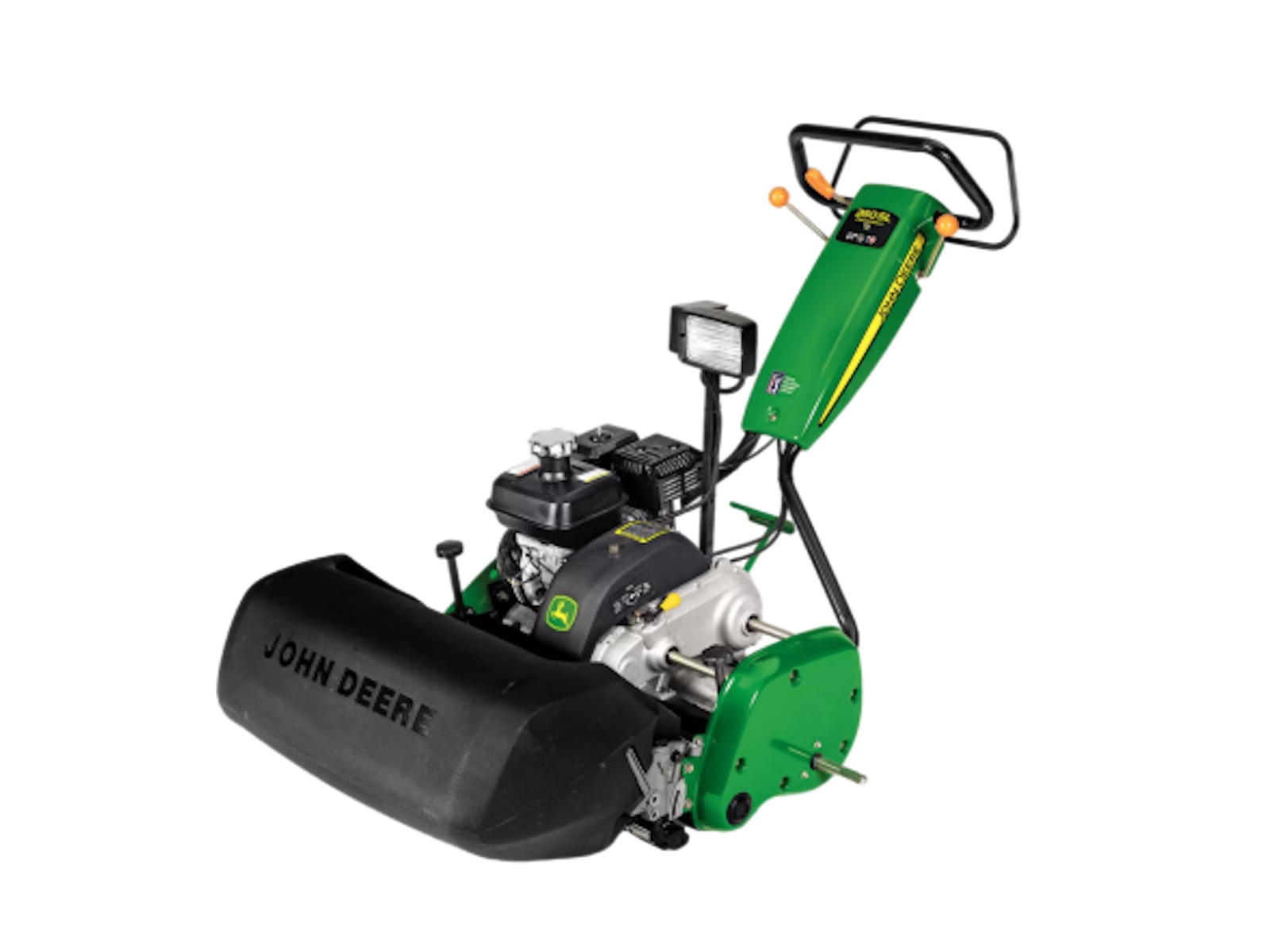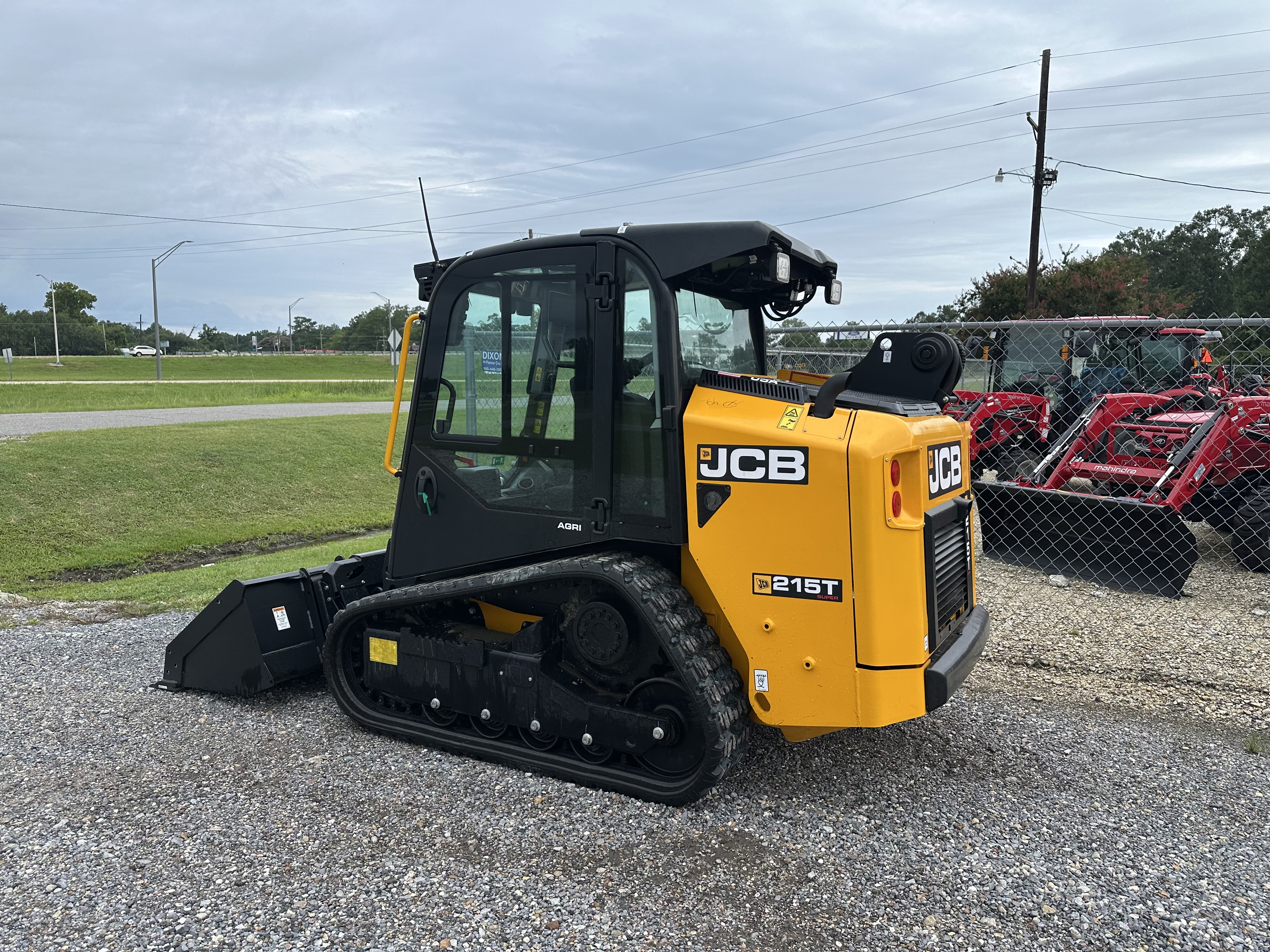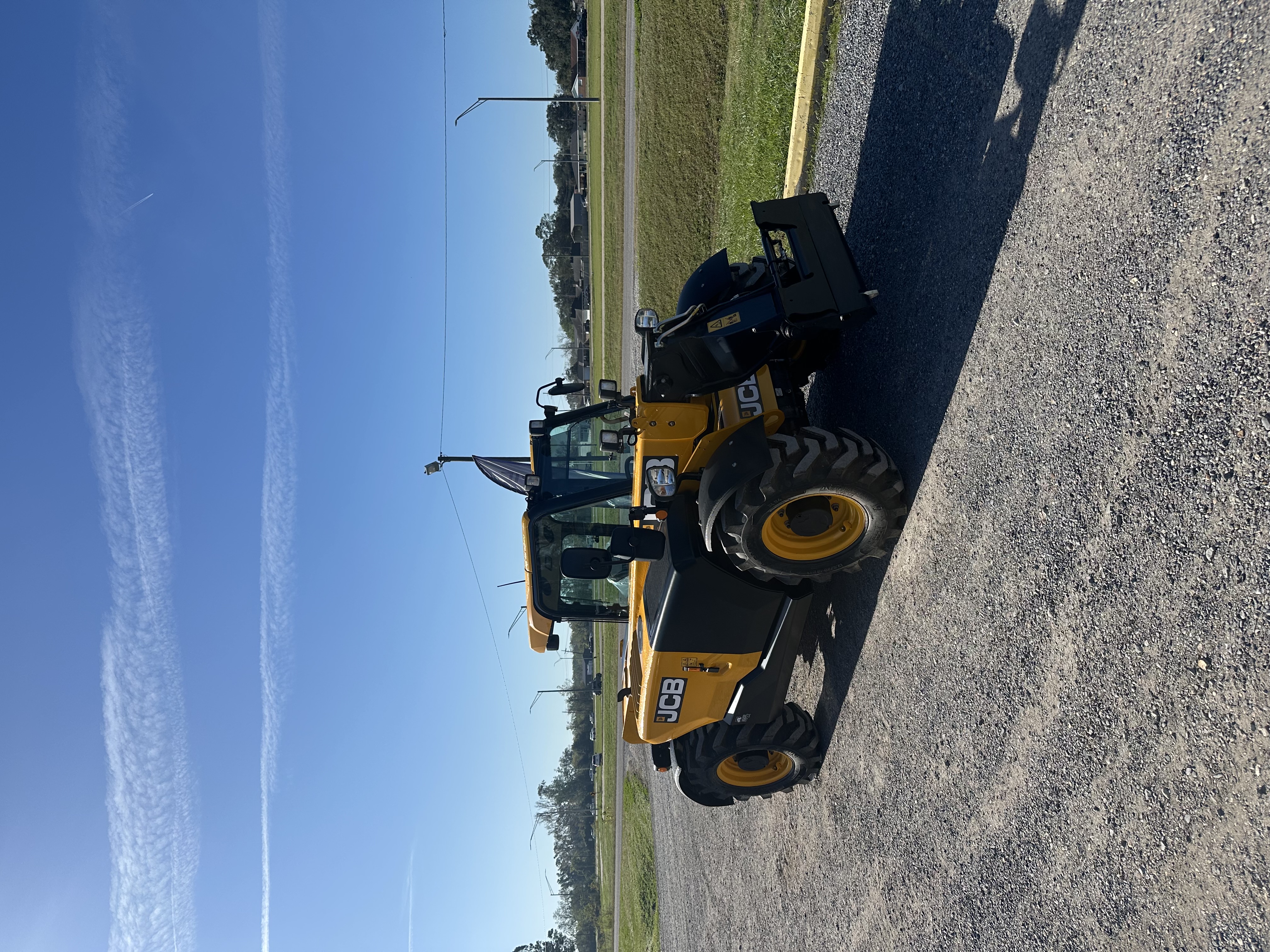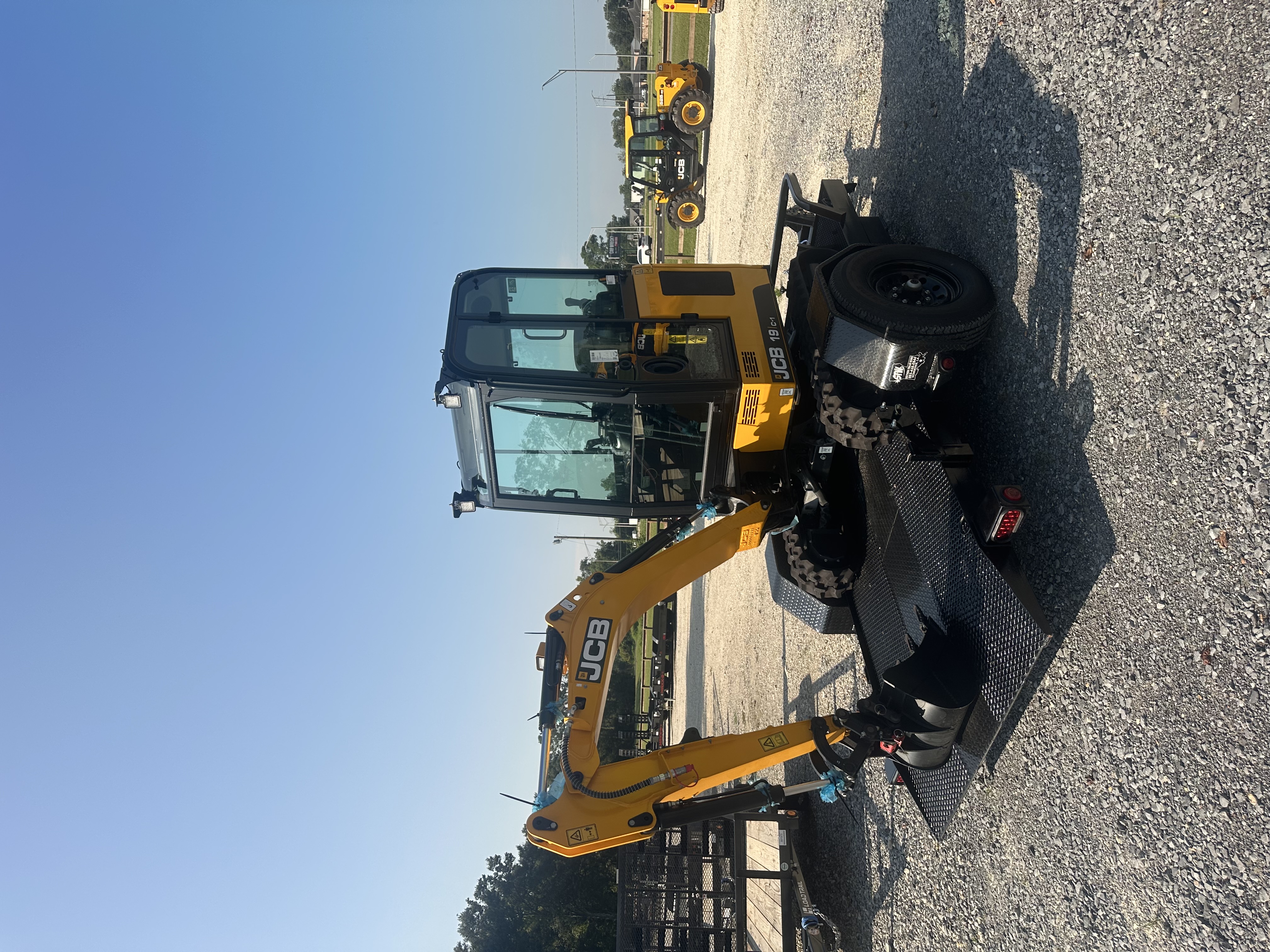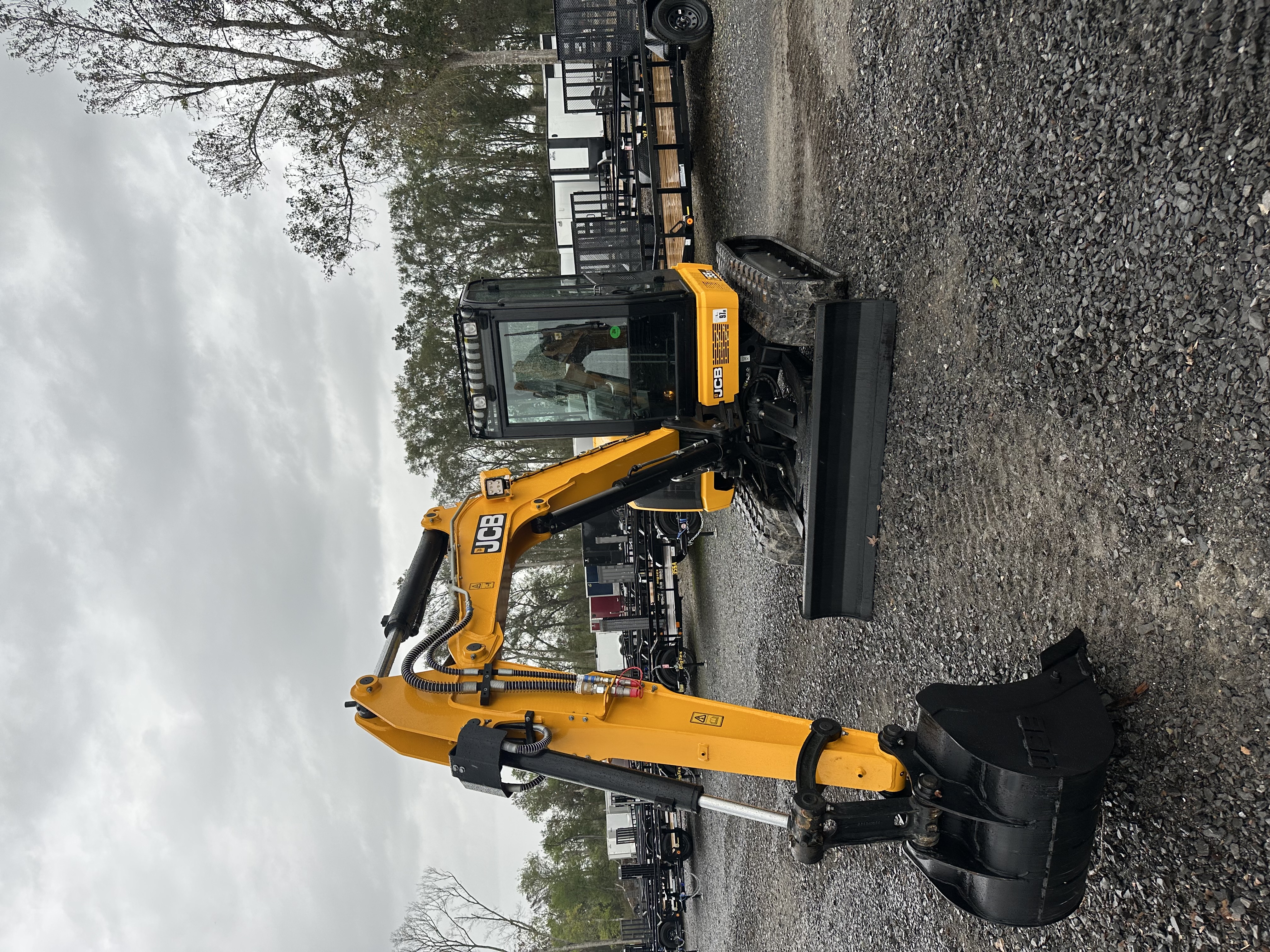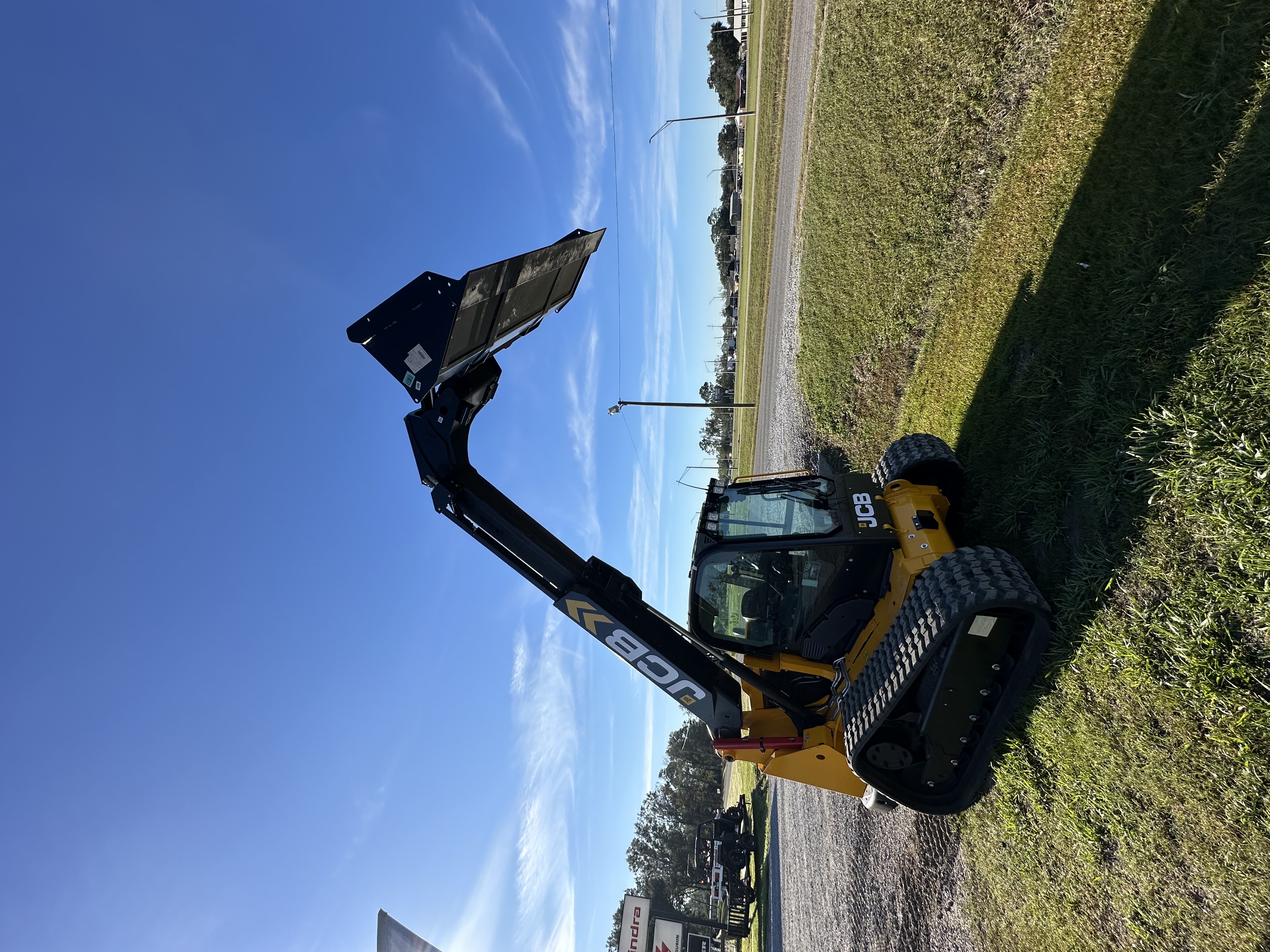Southern Trailer Works Showroom
2025 John Deere Golf & Sports Turf 260SL PrecisionCut
Get in Touch
Description
2025 John Deere Golf & Sports Turf 260SL PrecisionCut
- Adjustable, loop-style handlebar for maximum comfort and control
- Rubber isolators for reduced vibration
- Dual traction rolls for straight tracking and excellent maneuverability
- Wide range of roller options, including grooved, smooth, and spiral rollers
Features May Include:
- Speed Link™ height-of-cut system adjusts both sides of the roller at the same time
The ultimate in quick and accurate height-of-cut adjustments: The Speed Link height-of-cut adjustment system ties both sides of the front roller together, allowing technicians to make height-of-cut adjustments simply by adjusting one end of the roller.
How does this innovative system accomplish a one-point height-of-cut adjustment? It all starts with the worm gear drives in the front-roller castings. The worm gear system rotates via hex bolts on the side of the rear-roller castings, adjusting the roller up and down. Simply turn the gears by turning the hex adjuster on the side of the casting. Each full turn represents an adjustment of 0.001 in. (0.0254 mm). A diagram on the side of the casting tells which direction to turn the hex bolts to raise or lower the cutting height.
But that's not all. The true secret to the system is the connecting rod that ties the worm gear systems for the roller tower together. With the connecting rod in place, turning the height-of-cut adjuster on one side automatically turns the other side by the exact same amount. This allows for adjusting the height of cut from one end of the roller, making adjustments not only quick, but with stunning precision.
The Speed Link connecting rod is also spring loaded, so it can be easily removed should both towers need to be adjusted independently. Once the roller is paralleled to the front roller when the cutting unit is initially set up, the Speed Link system takes over and moves each side of the roller by the same amount for a quick one-point height-of-cut adjustment.
The preferred way to adjust the cutting unit is with a variable-speed electric or air drill with a 16-mm socket attached. A drill makes the adjustment even easier by rotating the tower quickly, making height-of-cut changes a breeze. And the connecting rod makes ensures the other side turns just as fast and just as accurately.
- Consistent effective height of cut—A prism tells the story
No matter the type of reel cutting unit or surface being mowed, there are two ways to measure height of cut. The first measure is called benchsetting height of cut. This height of cut is established by using a gauge bar and measuring the distance from the bottom of the rollers to the top edge of the bedknife. This serves as an initial guide for establishing the cutting height.
However, the cutting unit may not be mowing exactly at this height. Other factors come into play, such as softness or firmness of the mowing surface, thatch, turf density, roller shape and surface area, and weight, just to name a few. More than likely, after these factors are taken into consideration, the turf is being mowed at a height less than the benchsetting height of cut. The actual cutting height is called effective height of cut.
How is the effective height of cut measured? It can only be measured with a prism gauge, which uses a series of mirrors to visually show the horizontal profile of the turf. The prism essentially shows the turf rotated upward 90 degrees, so the actual height of cut can easily be seen.
Understanding effective height of cut versus benchsetting height of cut is critical when evaluating a greens mower. Traditional fixed-head walk-behind greens mowers such as the 180SL, 220SL, and 260SL will almost always cut at a lower effective height of cut compared to recent floating-head walk-behind greens mowers.
In order to establish the same effective height of cut, the fixed-head walk-behind greens mower should be set at a higher benchsetting height of cut. Why? All of the weight of the fixed-head walk-behind greens mower is distributed to the rear drum and front roller. The weight on the actual cutting head of a floating-head mower comes from the cutting unit itself, not the traction unit. Essentially, the floating-head walk-behind greens mower is similar to a one-gang triplex in that regard.
So, isn't a floating-head walk-behind greens mower friendlier for the turf? The answer is no. Traditional fixed-head greens mowers stay engaged in the turf, helping to minimize thatch buildup and maintain a consistent height of cut. This may result in less thatch issues over time depending on other agronomic practices. Floating-head walk-behind greens mowers tend to ride over the top of the turf due to the light weight of the cutting unit actually in contact with the turf. This non-aggressive nature may result in significant thatch accumulation over time unless other agronomic practices are implemented.
Both types of mowers are affected by changing conditions. Both will require height-of-cut changes as conditions soften. The difference is that the 180SL, 220SL, and 260SL will always cut at a consistent height of cut due to their weight distribution and balance, whereas floating-head walk-behind greens mowers cannot make the same claim.
For maximum contour-following capability in severe undulations, the John Deere 180SL performs exceptionally. With a narrow 18-in. (45.7 cm) frame, fixed grass catcher, and narrow overlap, the productivity of the 180SL is roughly equal to that of 21-in. (53.34 cm) floating-head walk-behind greens mowers.
- Roller attaching system for quick removal and installation of the front roller for changing conditions
The ability to quickly adapt to the changing conditions is what golf courses have been doing for years. The SL model walk greens mowers from John Deere gives you the ability to meet the demanding needs of any green and helps you with the changing conditions.
The front roller bracket on the SL line gives you the ability to quickly change your front roller for the changing conditions that most greens see during the growing season. This gives you the ability to change from a grooved roller to a smooth roller with minimal effect on your bench setting and saves the time for the golf course technician.
How this feature works is each roller bracket has two sections that are bolted together to clamp the roller in place. The top section, connected to the Speed Link™ system, does not move when you remove the roller, thus keeping the height consistent. By removing the bottom bolt on each side, the front roller can be quickly removed from the machine, saving time and money while ensuring you have the correct roller for your condition.
- Narrow front-roller-to-rear-drum distance for contour following and cleanup-pass cut quality
The line of SL Walk Greens Mowers features a narrow front-roller-to-rear-drum distance for easy turning, maneuverability, and cleanup-pass cutting performance. With a Greens Tender™ Conditioner (GTC) installed, this distance is 13.5 in. (342 mm).
A narrow front-roller-to-rear-drum base increases performance in undulations, minimizing scalping opportunities and improving cut quality.
By keeping the roller base narrow, the John Deere SL models requires very little effort to lift the front roller to make a turn. As this distance increases, turning effort becomes much more difficult, reducing operator comfort during mowing.
Another benefit of the narrow front-to-rear base is maneuverability. By keeping the distance as short as possible, the machine becomes much easier to steer and requires little tracking effort on every pass. As this distance increases, opportunities for difficult steering and less-than-optimal tracking become much more prevalent.
These are important considerations when comparing to a floating-head walk-behind greens mower. Some of these competitive units feature front-roller-to-rear-drum distances that are up to 2.86 in. (72.6 mm) more than the John Deere SL models. This added distance increases lifting effort during turns and makes it more difficult to keep the machines on track.
Also important to note is the quality of cut in the cleanup pass. Cleanup passes are made in the same track every single time they are mowed. A longer machine with limited steering means the front roller drags across the turf in the cleanup pass, eventually thinning out the turf and hurting its quality. The John Deere SL models limit this impact with its narrow front-roller-to-rear-drum distance.
Info
Industry
Power Equipment / Lawn
Make
John Deere Golf & Sports Turf
Model
260SL PrecisionCut
Trim
Base
Year
2025
MSRP
N/A
Category
Lawn Mower
Subcategory
Walk Behind Mower
Specs
Power
3.2 HP (2.4 kW)
Cutting Width
26 in.
Fuel Type
Gas
Engine
Air-cooled, gas
Engine Type
Air-cooled, gas
RPM
3600 rpm
Blades
7 or 11 blade
Weight
237 lb
Engine Displacement
Piston: 7.4 cu in.
Fuel Capacity
Tank: 0.66 U.S. gal.
Length
37 in.
Width
41.3 in.
Height
47 in.

